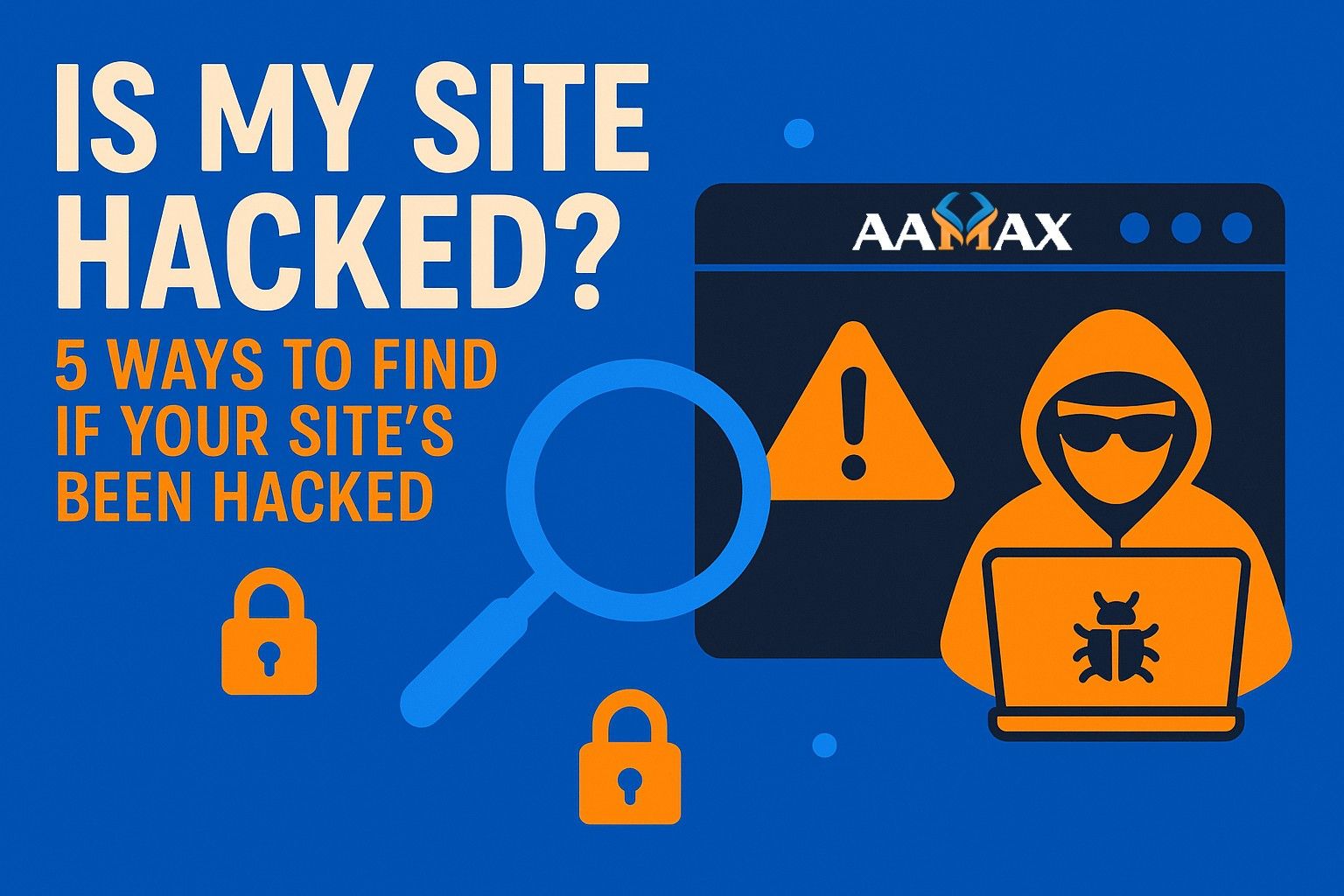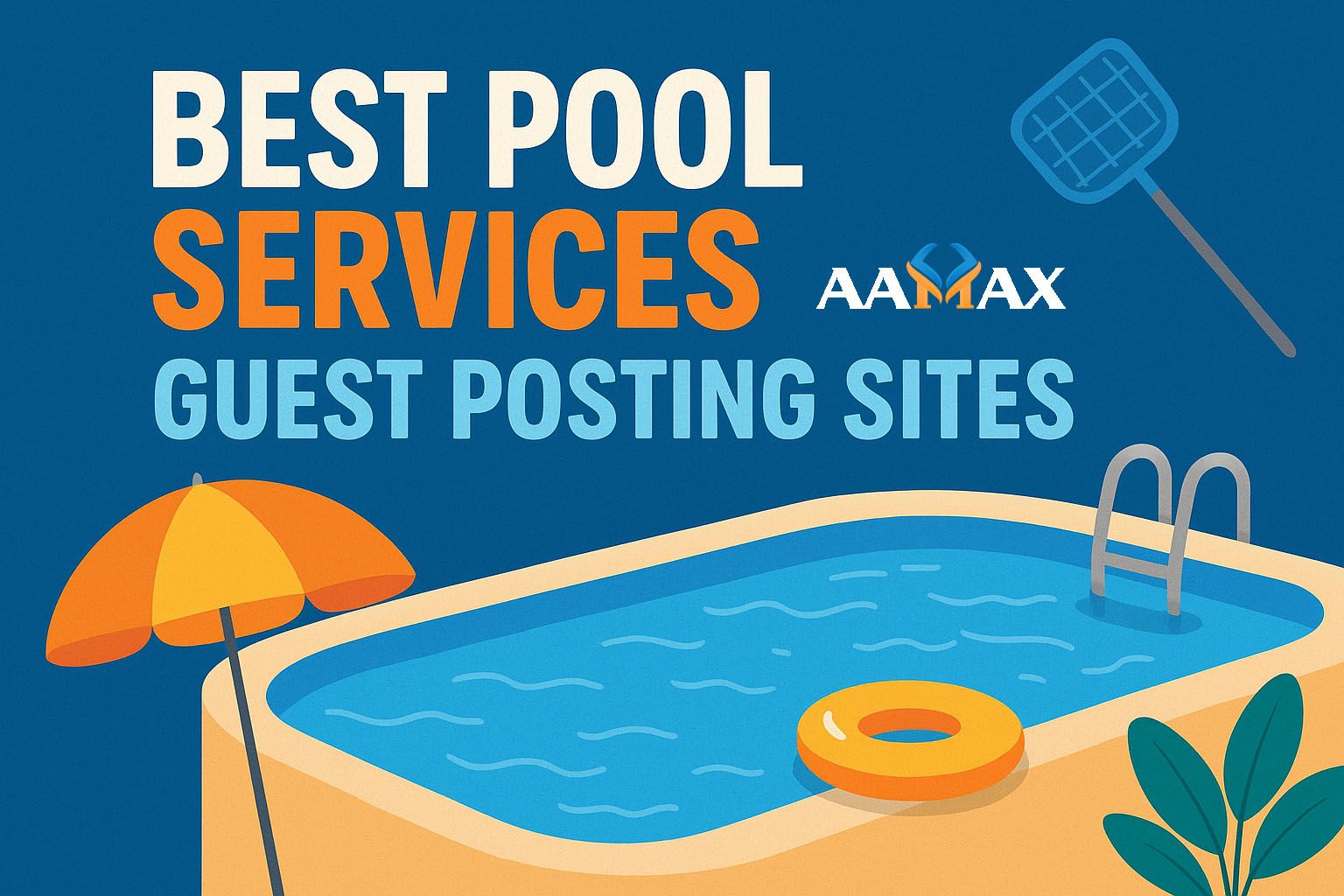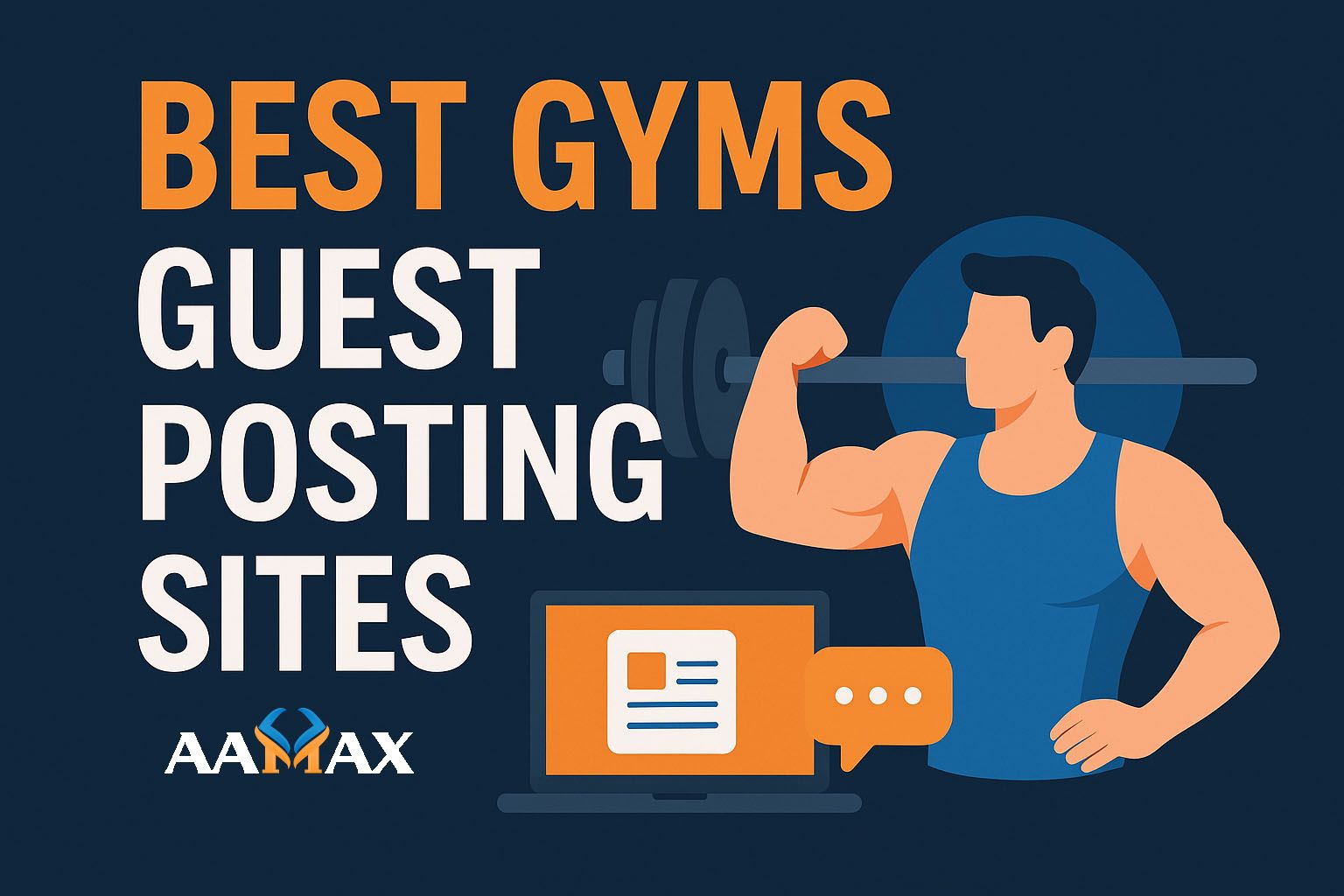
Is My Site Hacked? 5 Ways to Find If Your Site's Been Hacked
A hacked website can cause serious damage to your business—lost traffic, damaged reputation, and even legal consequences. Hackers can insert malicious code, steal customer data, or redirect visitors to harmful sites without you even noticing. If you suspect something is wrong, you need to act fast. But first, you need to confirm: Is your site hacked?
In this guide, we’ll show you:
- Common signs your website may be hacked
- The 5 best ways to check if your site is compromised
- How to fix a hacked site
- How to protect your site from future attacks
Why Do Hackers Target Websites?
Understanding why hackers compromise websites will help you grasp the urgency of security measures. Here are the common reasons:
- Data Theft: To steal personal or financial information.
- Malware Distribution: Infect visitors with malicious software.
- SEO Spam: Inject spam links for affiliate marketing or ranking manipulation.
- Server Resources: Use your server for sending spam emails or launching attacks.
- Ransomware: Lock your site and demand payment.
Hackers often target small to medium-sized businesses because they typically have weaker security measures.
Signs Your Website May Be Hacked
Before running checks, look for these warning signs:
- Unusual Traffic Spikes: Sudden increases in traffic from unknown regions.
- Google Warnings: "This site may be hacked" message in search results.
- Redirects: Visitors are redirected to unrelated or harmful websites.
- Strange Content: Unfamiliar pages, ads, or pop-ups on your site.
- Slow Performance: Site loading much slower than usual.
- Unauthorized Logins: New admin accounts you didn’t create.
- Blacklisting: Your site is blacklisted by Google or security tools.
If you notice one or more of these, your site could be compromised. Let’s dive into the 5 ways to confirm if your site has been hacked.
1. Check Google Search Console for Security Issues
Google provides a free tool, Google Search Console (GSC), that alerts you about security problems.
Steps:
- Log in to Google Search Console.
- Navigate to Security & Manual Actions → Security Issues.
- If your site is hacked, Google will show warnings such as:
- Malware detected
- Hacked content
- Phishing attempts
This is one of the fastest and most reliable ways to detect hacks.
2. Use Online Malware Scanners
Online tools scan your site for malware and suspicious code without requiring access to your server.
Popular Tools:
- Sucuri SiteCheck: Free scanner that checks for malware, blacklisting, and vulnerabilities.
- VirusTotal: Scans URLs for malicious scripts and infections.
- Quttera: Detects malware, phishing, and suspicious external links.
Simply enter your website URL, and these tools will analyze your site for infections.
3. Monitor Website Files for Changes
Hackers often modify your core files or upload malicious scripts. Use file integrity monitoring to spot unauthorized changes.
How to Do It:
- Compare current files with clean backups.
- Use tools like Wordfence (for WordPress) or ImunifyAV (for servers) to scan for suspicious files.
- Look for recently modified files you didn’t change.
When securing your WordPress website, always pay close attention to key files and directories. Start with /wp-content/plugins/ where malicious or outdated plugins can pose major security risks. Next, review /wp-content/themes/ to ensure your active theme and its files haven’t been tampered with. Also, inspect index.php for unauthorized code injections. Lastly, check your .htaccess file — this controls server behavior and can be a target for redirects or malicious rules. Regularly scanning and updating these files helps protect your site from potential threats. If you're unsure, consult a professional to safeguard your website properly and avoid major vulnerabilities.
If these files were altered without your knowledge, your site is likely hacked.
4. Check Server Logs for Unusual Activity
Your server logs reveal everything happening on your website. Check them for:
- Repeated failed login attempts
- Unknown IP addresses accessing admin areas
- Requests to unknown files or scripts
- High traffic from suspicious regions
Most hosting providers allow access to logs via cPanel or the hosting dashboard.
5. Scan for Blacklisting and Spam Links
Hackers often inject spam links to boost other sites’ SEO. They may also cause your site to be blacklisted.
How to Check:
If you see strange pages or content unrelated to your business, that’s a red flag.
- Use tools like Google Transparency Report or Norton Safe Web to see if your site is blacklisted.
- Check your site manually for hidden links, often placed in footers or blog posts.
If your site appears on blacklists, you need to clean it immediately and request reconsideration from Google.
What to Do If Your Website Is Hacked
If you confirm that your site is hacked, don’t panic. Follow these steps:
Step 1: Take Your Site Offline Temporarily
Prevent further damage and protect visitors by putting the site in maintenance mode.
Step 2: Backup Everything
Before making changes, take a full backup of your site. This helps in recovery if needed.
Step 3: Remove Malicious Files
- Use security plugins like Wordfence or MalCare for WordPress.
- For other CMS or custom sites, scan and remove infected files manually or via security tools.
Step 4: Change All Passwords
Update passwords for:
- Hosting account
- CMS admin
- Database
- FTP accounts
Step 5: Update Everything
Update your CMS (WordPress, Joomla, etc.), themes, and plugins to the latest versions.
Step 6: Request a Review
If your site was blacklisted, submit a reconsideration request to Google via Search Console after cleaning.
How to Prevent Your Site from Being Hacked Again
Prevention is better than cure. Here’s how to secure your site:
- Use Strong Passwords: Avoid easy-to-guess passwords.
- Enable Two-Factor Authentication (2FA): Adds an extra layer of security.
- Keep Everything Updated: Outdated software is a hacker’s entry point.
- Install Security Plugins: Use tools like Wordfence, Sucuri, or iThemes Security.
- Regular Backups: Schedule automatic backups so you can restore your site quickly.
- Use HTTPS: An SSL certificate encrypts data and builds trust.
- Limit Login Attempts: Block repeated failed login attempts.
Why Website Security Matters for SEO and Business
A hacked website not only hurts your security but also impacts your business:
- SEO Damage: Google may remove your site from search results.
- Loss of Customers: Visitors lose trust in a compromised site.
- Legal Issues: If user data is leaked, you could face legal consequences.
- Financial Loss: Downtime means lost revenue.
That’s why securing your website is as important as building it.
Need Professional Help to Fix or Protect Your Website?
Website hacking issues can be complex. If you need expert help to:
- Clean your hacked website
- Secure your site from future attacks
- Improve your overall security and performance
Partner with AAMAX, a full-service digital marketing agency offering:
- Web Development
- Digital Marketing
- SEO Services
Our team ensures your website remains safe, fast, and optimized for search engines.
Final Thoughts
Website hacks can happen to anyone, but detecting and fixing them quickly is critical. Use the methods we discussed:
- Google Search Console checks
- Online malware scanners
- File change monitoring
- Server log analysis
- Spam link and blacklist checks
Combine these steps with strong security practices to protect your site and maintain customer trust.
If you’re unsure or overwhelmed, don’t risk your business. Get expert help and secure your website today — visit our website now!







